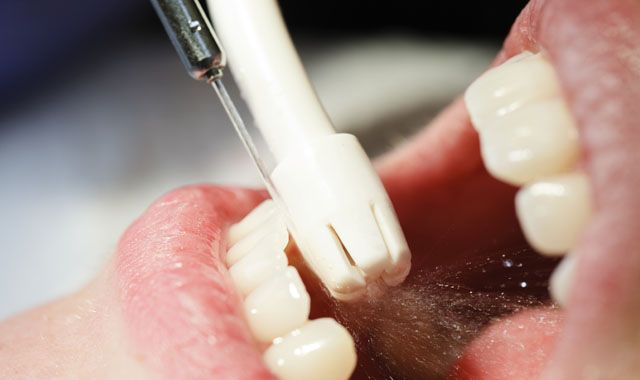Saliva plays key role in caries prevention
In the fight against dental caries, we commonly utilize exogenous materials such as fluoride or sealants. However, a recent study has found that a key tool for fighting caries-causing bacteria may be our own saliva.

In the fight against dental caries, we commonly utilize exogenous materials such as fluoride or sealants. However, a recent study has found that a key tool for fighting caries-causing bacteria may be our own saliva.
The study, published in Applied and Environmental Microbiology, examined salivary mucins and Streptococcus mutans, a cariogenic bacterium that sticks to teeth with adhesive polymers and forms a bacterial biofilm. This biofilm provides a protective haven on the tooth for the bacteria and its organic acid byproducts, leading to the creation of caries. The study’s authors found that salivary mucins, previously believed to do little beyond keeping saliva mucas slippery, actually play a role in defending against bacterium like S. mutans, by keeping it suspended in a liquid medium, reducing its ability to form the bacteria-welcoming biofilms.
Trending article: Dental caries susceptibility linked to hair
While the salivary mucins did not alter the growth of S. mutans, or kill the bacteria, it limited biofilm formation through the liquid suspension. This is particularly significant for S. mutans and similar bacteria that only cause cavities when they are in a biofilm on a tooth’s surface.
The study stemmed from previous work examining mucins that had protective effects against common lung pathogens. Defects in mucin production have been linked to diseases such as asthma, ulcerative colitis and cystic fibrosis. The study’s first author, Erica Shapiro Frenkel, of Harvard University, believes that this research proves that mucins aren’t just part of mucus for structure, but rather also play an active role in pathogen protection.
The study, "Salivary mucins protect surfaces from colonization by cariogenic bacteria," was published in Applied and Environmental Microbiology, a publication of the American Society for Microbiology.
Trending article: Must-see products at the Greater New York Dental Meeting
Oral Health Pavilion at HLTH 2024 Highlighted Links Between Dental and General Health
November 4th 2024At HLTH 2024, CareQuest, Colgate-Palmolive, Henry Schein, and PDS Health launched an Oral Health Pavilion to showcase how integrating oral and general health can improve patient outcomes and reduce costs.
Episode 31: Dentsply Sirona Implant Announcements
September 30th 2021DPR’s Editorial Director Noah Levine sat down with Gene Dorff, Dentsply Sirona’s group vice president of implants and Dr. Dan Butterman to review several big announcements the company made in the arena of implants during Dentsply Sirona World 2021 in Las Vegas.